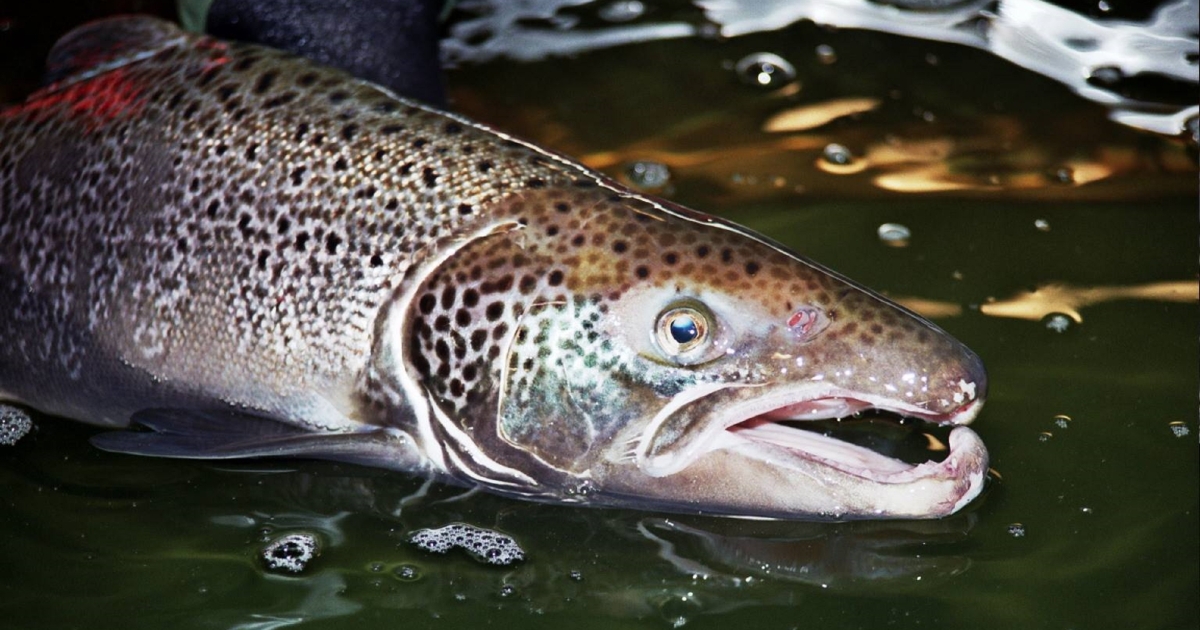News

Free-Swimming Fish Exhibit Lower Resting Heart Rate and Higher CS than 'Rapid Screening Protocol'
Researchers at Memorial University of Newfoundland recently published a paper in the Journal of Experimental Biology, comparing three methods to estimate thermal tolerance, thermal maximum (CTmax), cardiac scope (CS) and heart rate (HR) in Atlantic Salmon (Salmo salar).
Three Experimental Techniques
The first of the three methods employed a "rapid screening protocol," where fish were implanted with Star-Oddi DST micro-HRT heart rate bio-loggers. The fish were then pharmacologically stimulated to reach their maximum heart rate (HR) using atropine sulfate and isoproterenol during a heating rate of 10°C per hour. In the second method, the fish were fitted with a Doppler flow probe, followed by recovery in a respirometer, and determination of CTmax at a rate of 2°C per hour. The third and final method involved the implantation of DST micro-HRT bio-logger in fish, allowing for a recovery period of 4 weeks before determining CTmax with a heating rate of 2°C per hour. Additionally, oxygen levels were reduced from 100% to 30% air saturation to ascertain the oxygen level at which bradycardia occurred.
Highest CTmax for free-swimming fish
Results showed that heart rate increased linearly with temperature, as expected. However, the fish that underwent the rapid screening protocol had a lower Arrhenius breakpoint temperature (ABT) than the other two experiments. ABT, or the point where HR stops predictable scaling with temperature, was determined to be 14.6°C for the first experiment compared to 18°C in the other two. Fish in the third experiment had the highest CTmax (27.7°C), the lowest resting HR (49 bpm), and the highest cardiac scope (104 bpm). However, it did show bradycardia due to oxygen levels at 62%, compared to 53% air saturation in the fish instrumented with the Doppler probe. The authors suggest that this is due to a higher cholinergic tone in the free-swimming fish compared to the fish in the respirometer.
This novel study highlights some of the limitations of lab-based methods to determine thermal tolerance in fishes. It also suggests that cardiac scope may be a more reliable and predictive measure of fish CTmax than their peak HR.
The paper titled The upper temperature and hypoxia limit of Atlantic salmon (Salmo salar) depend greatly on the method utilized can be access here.